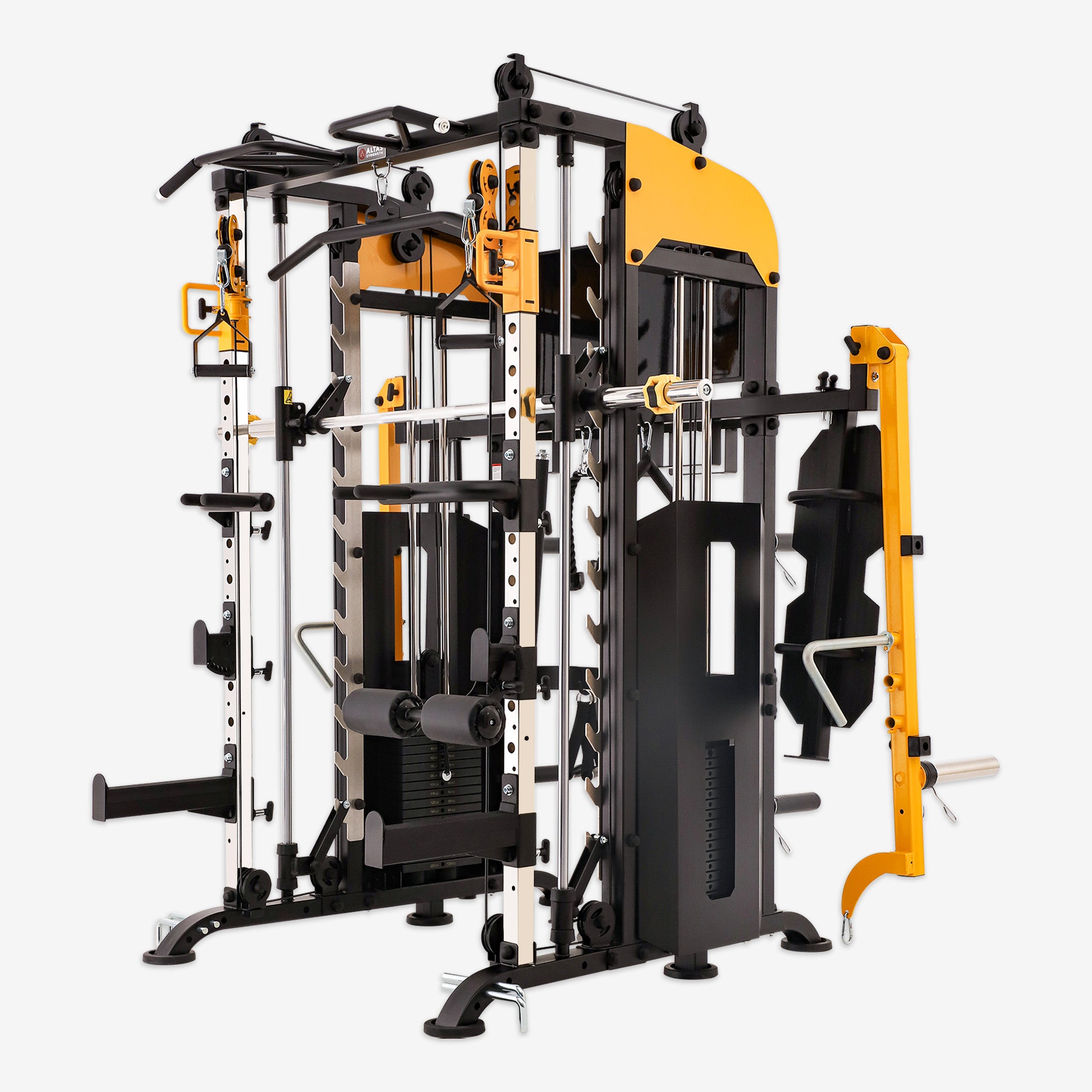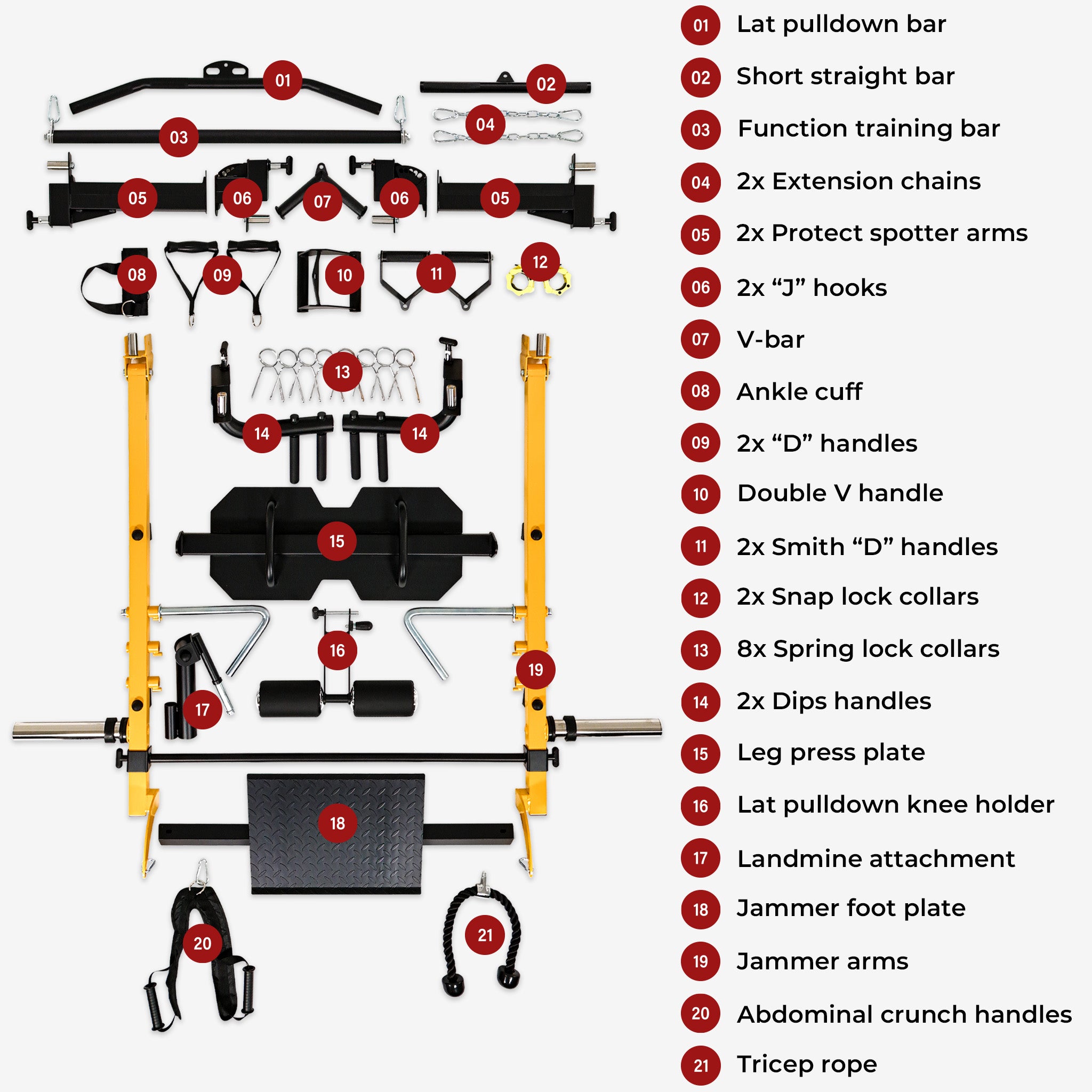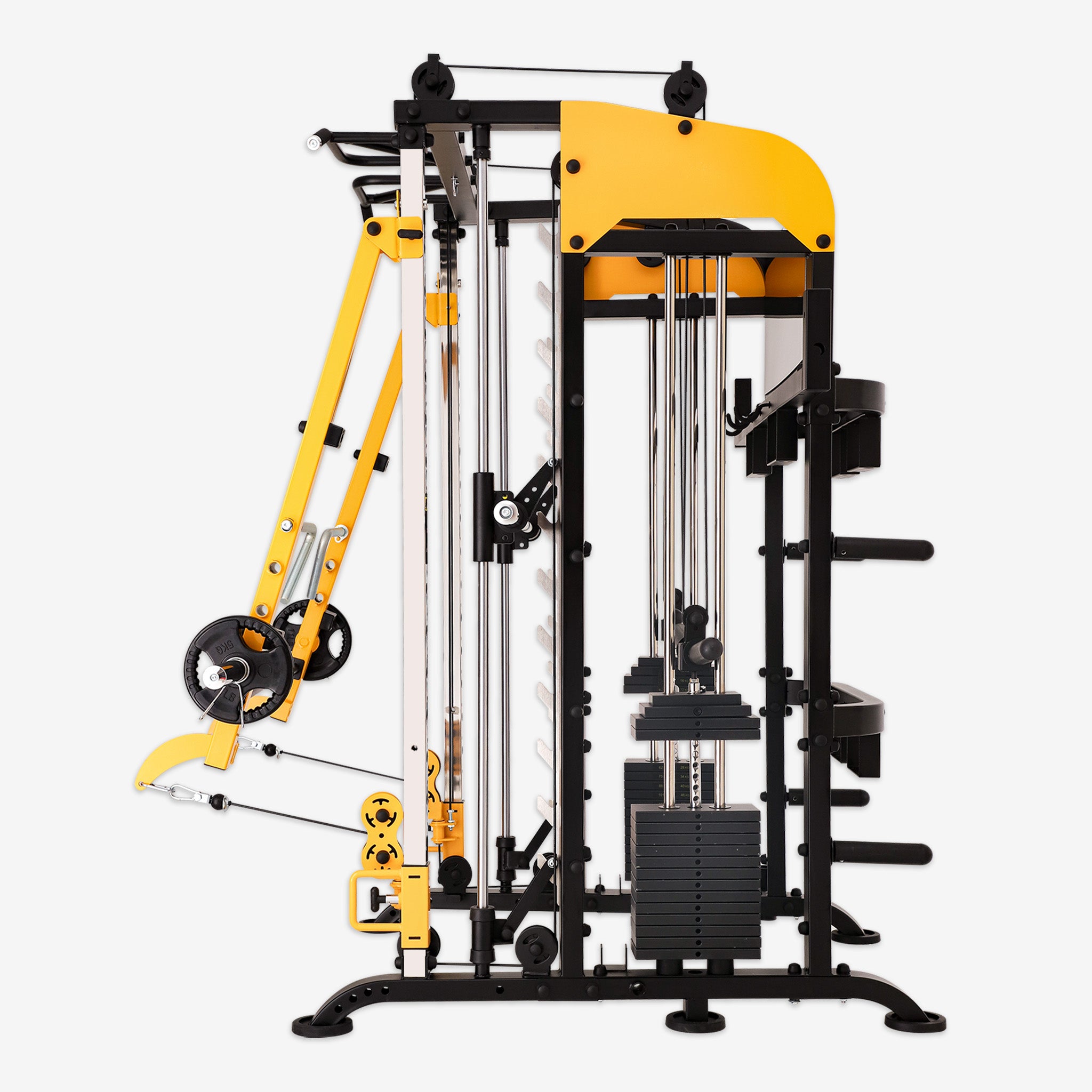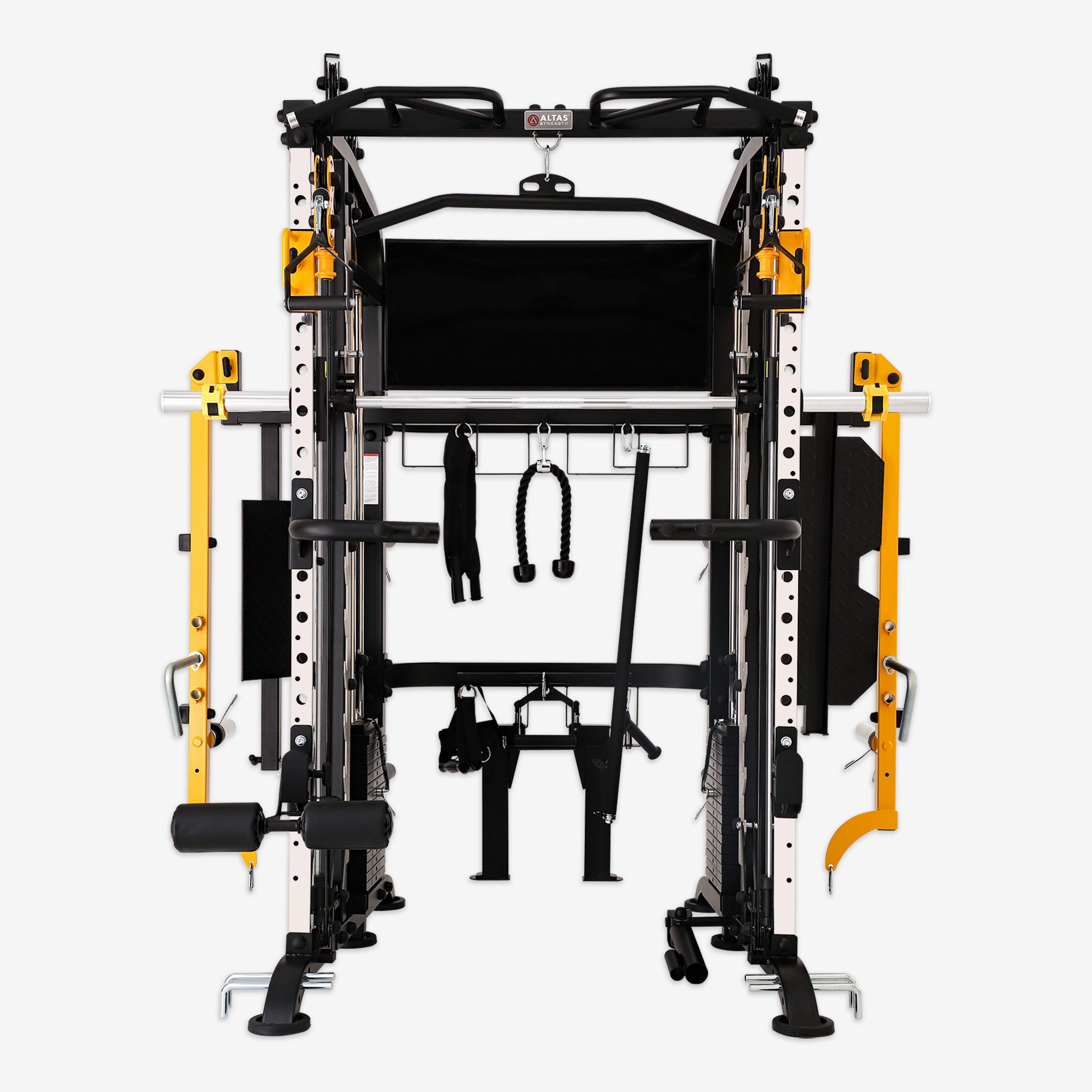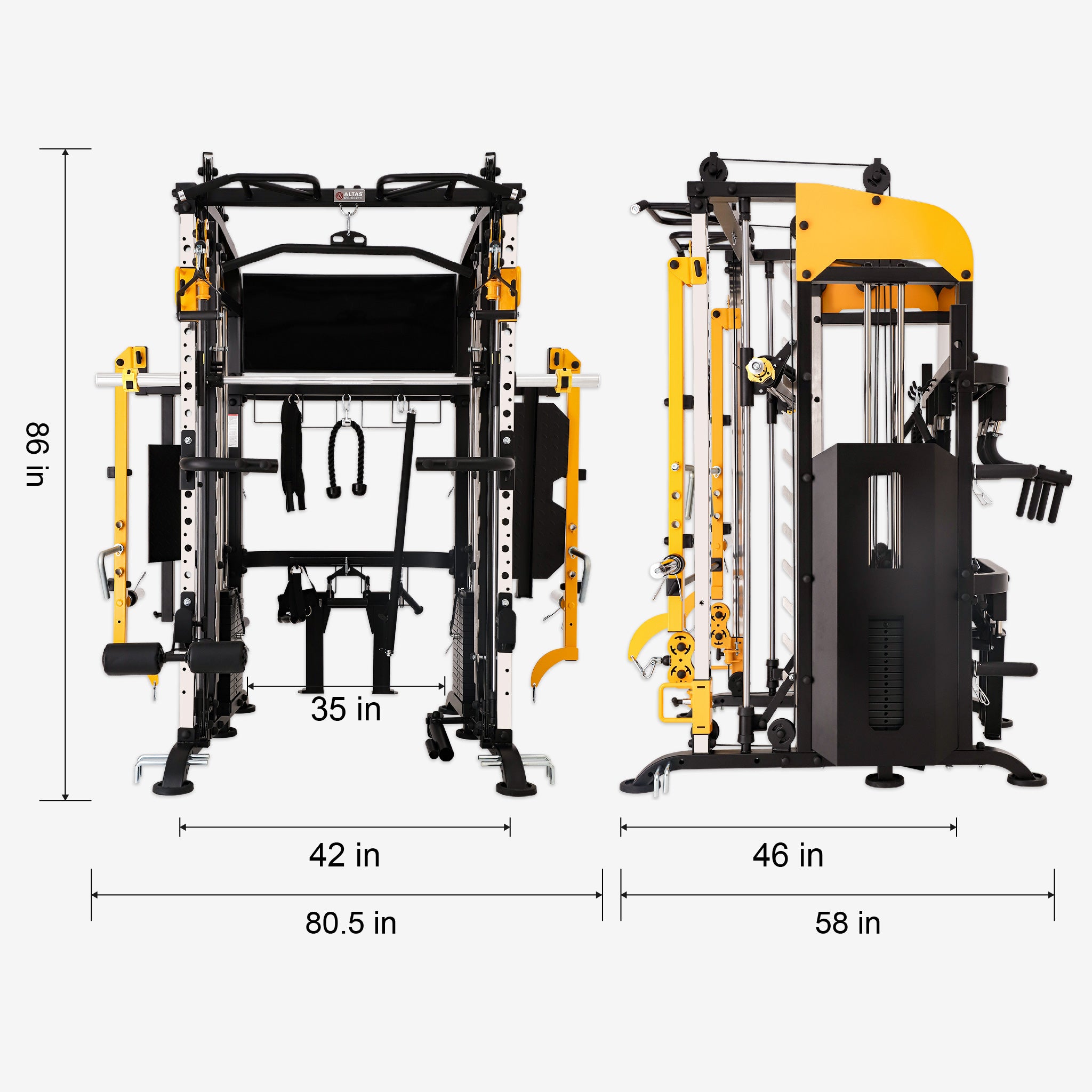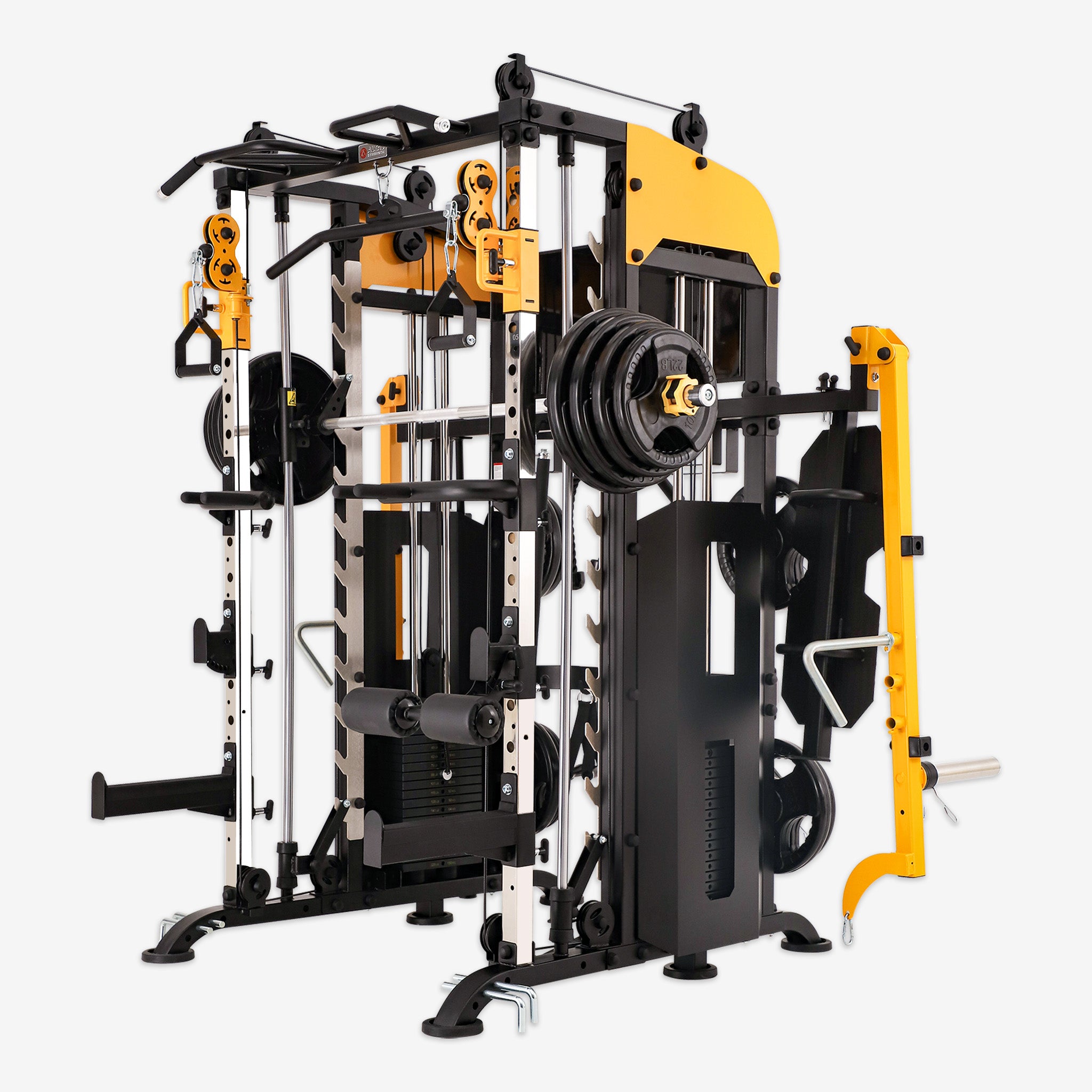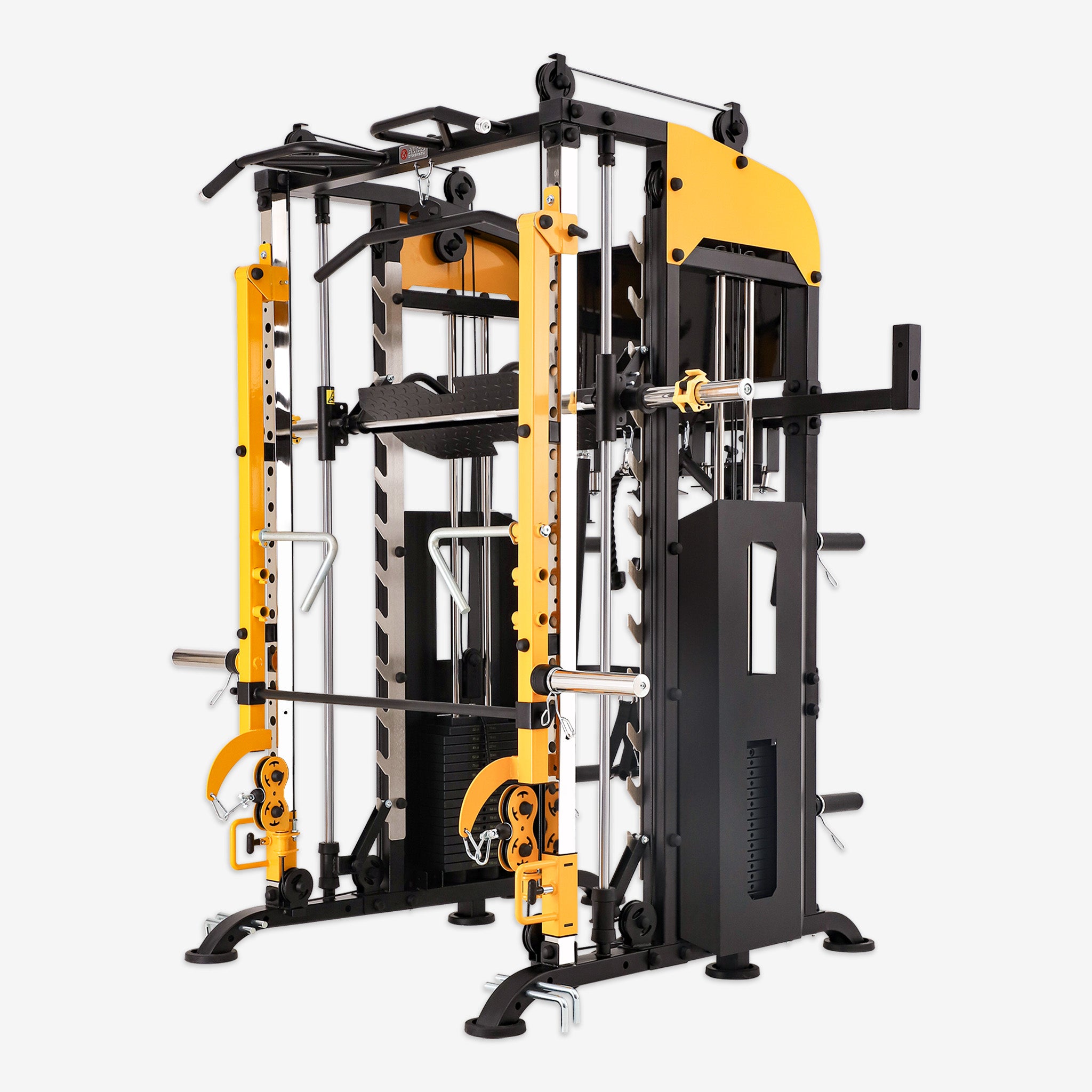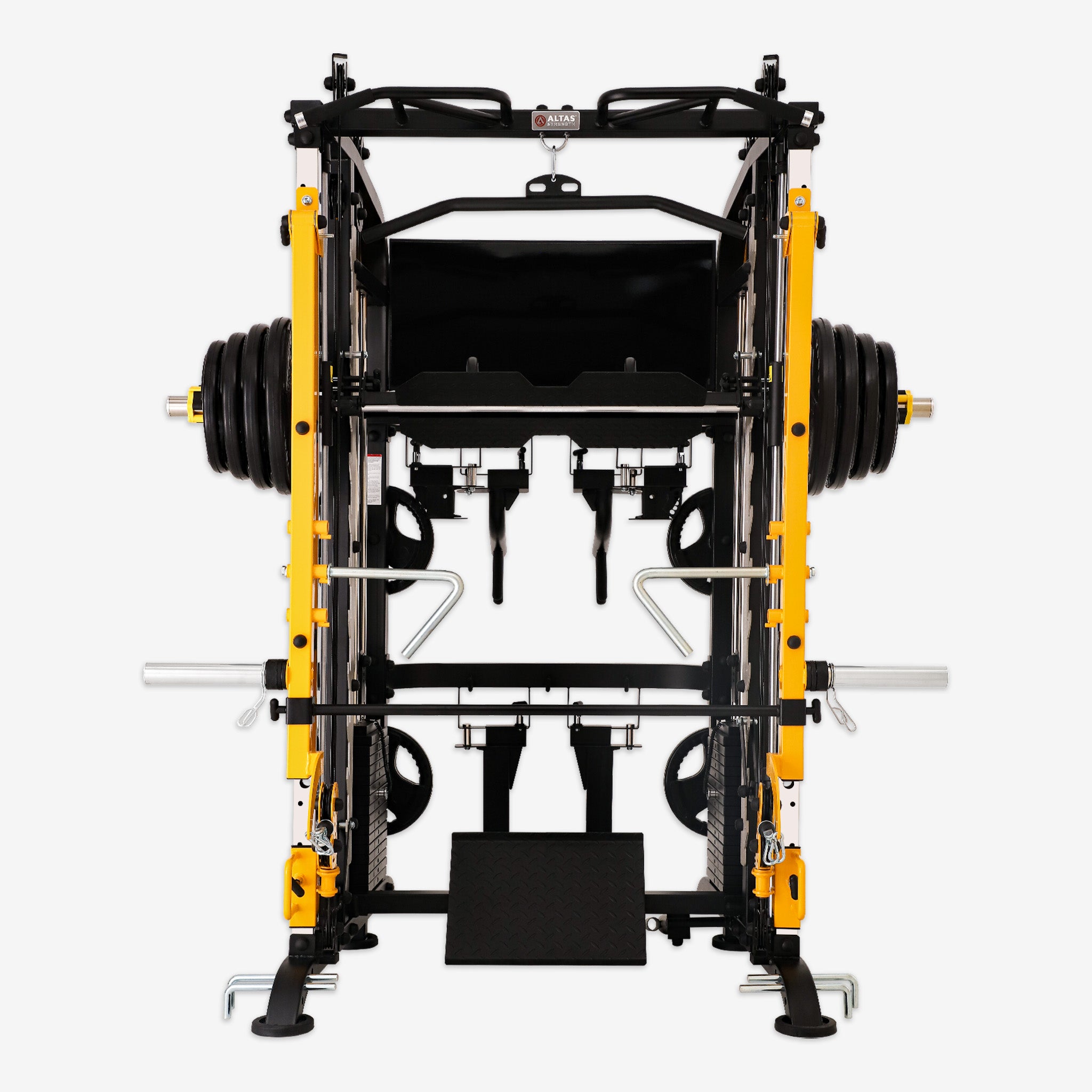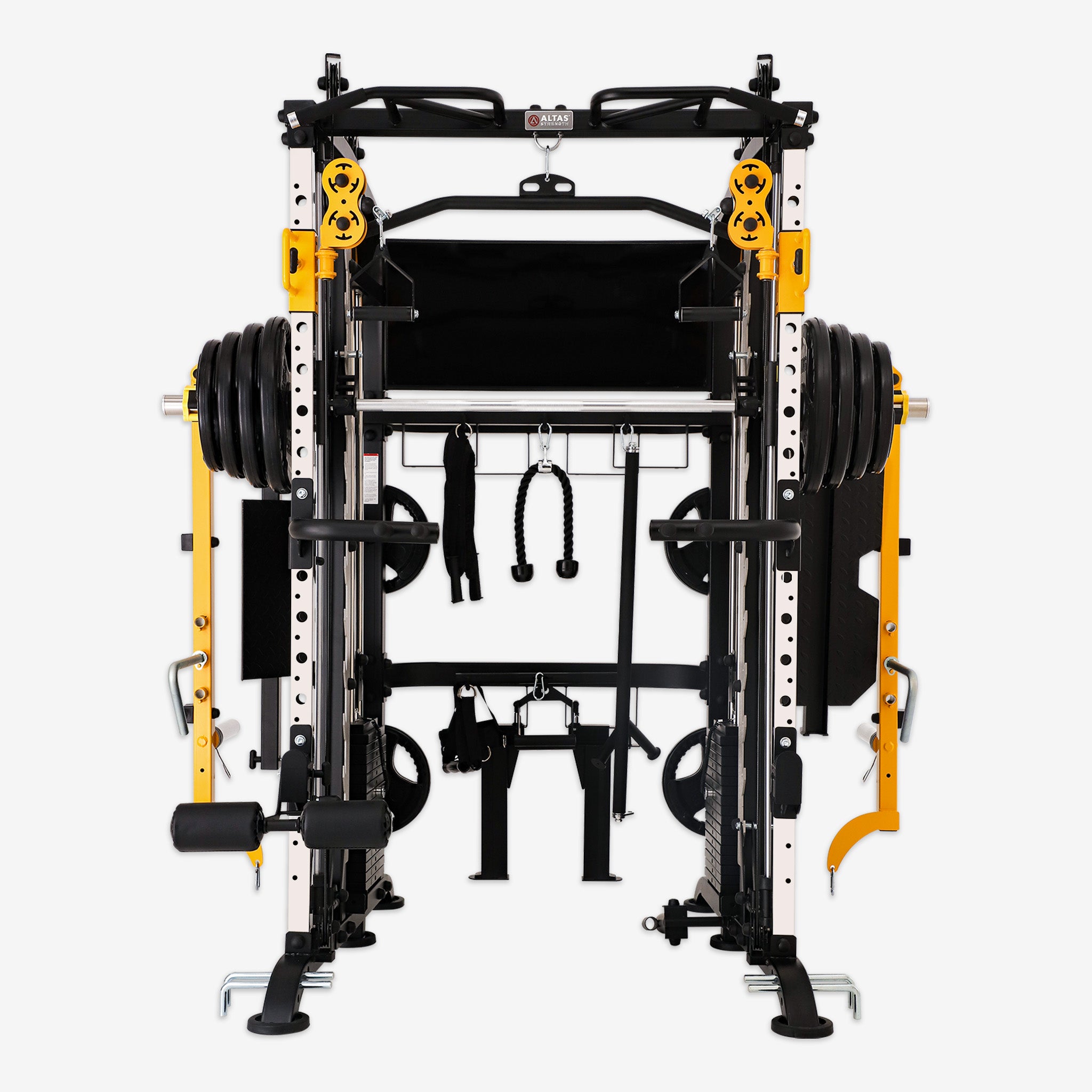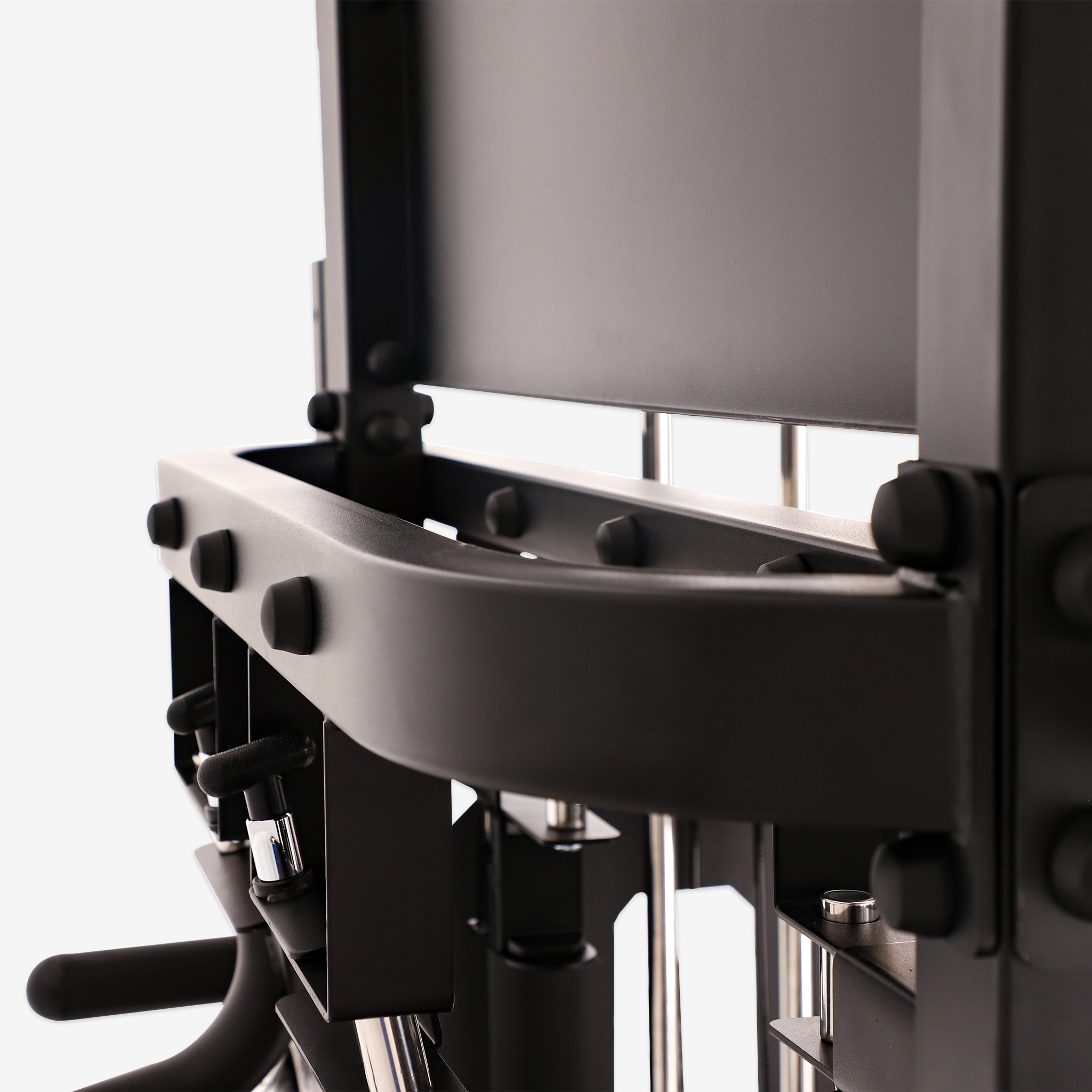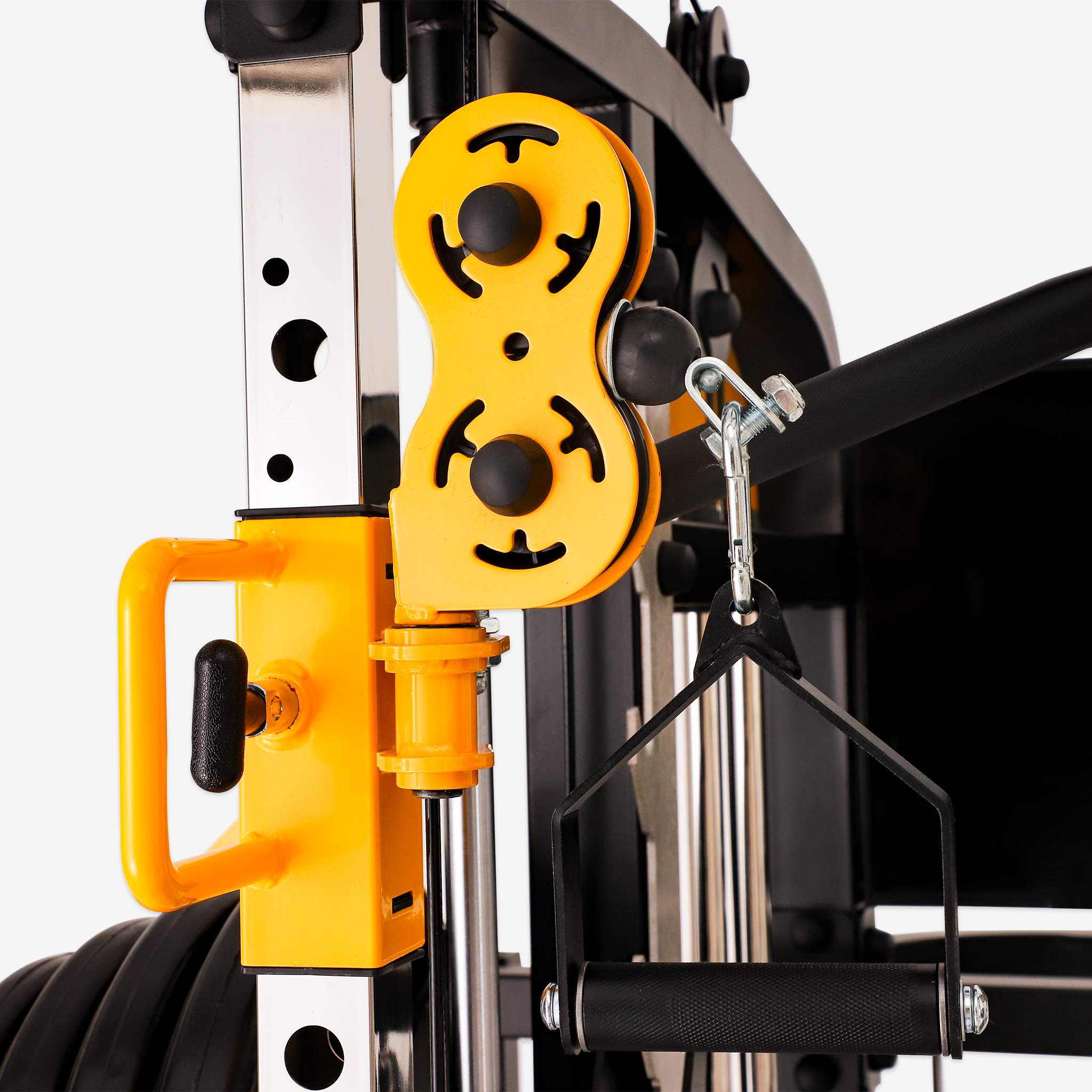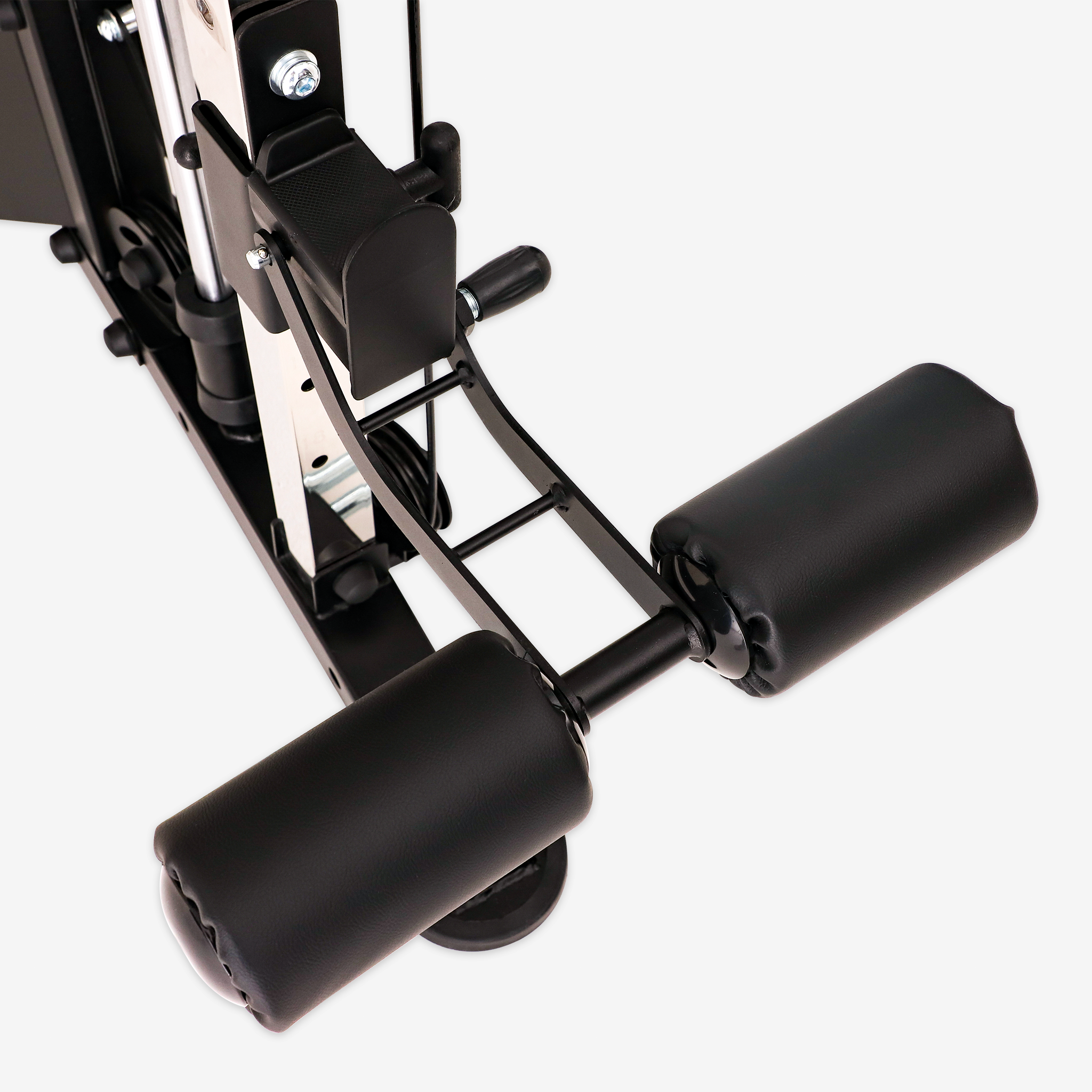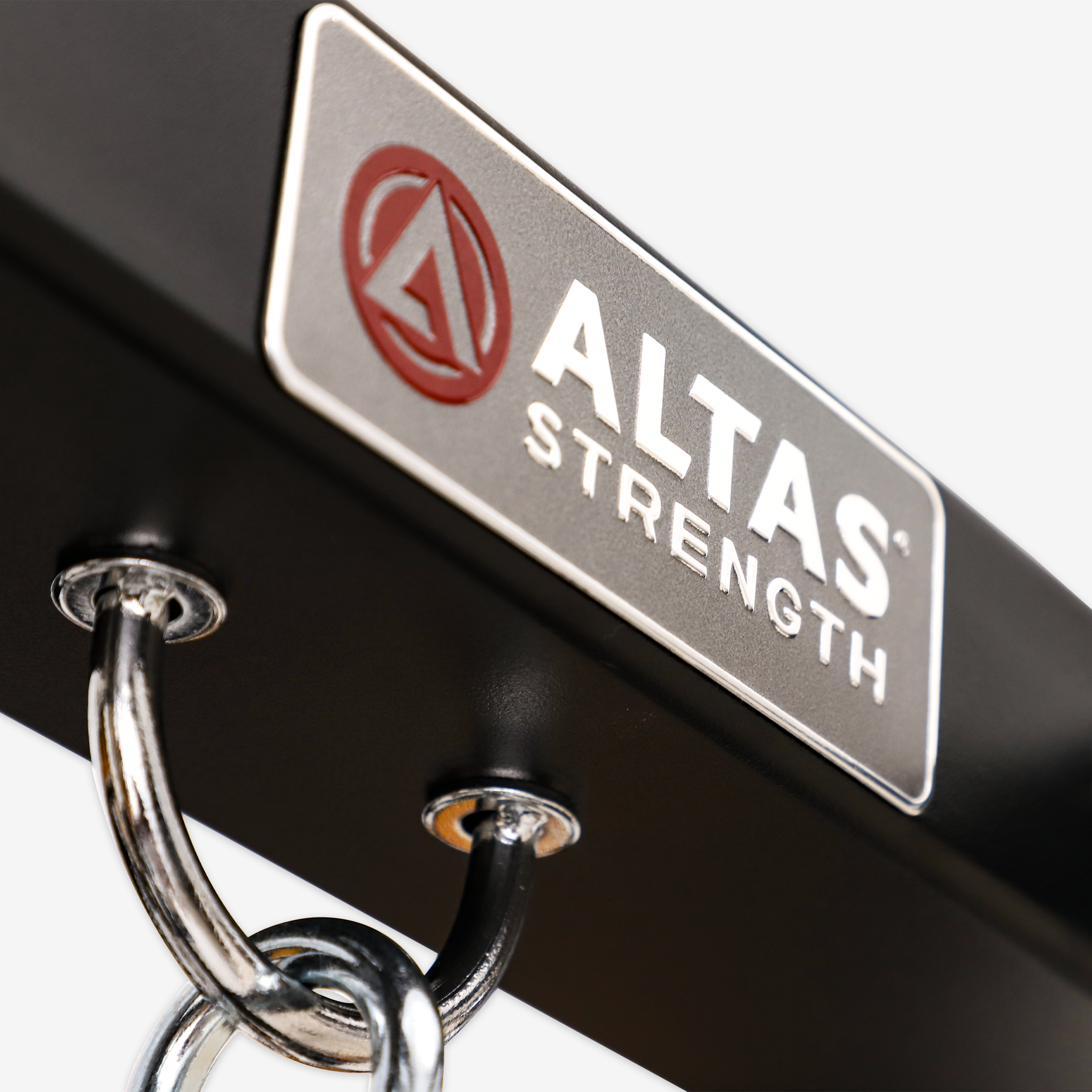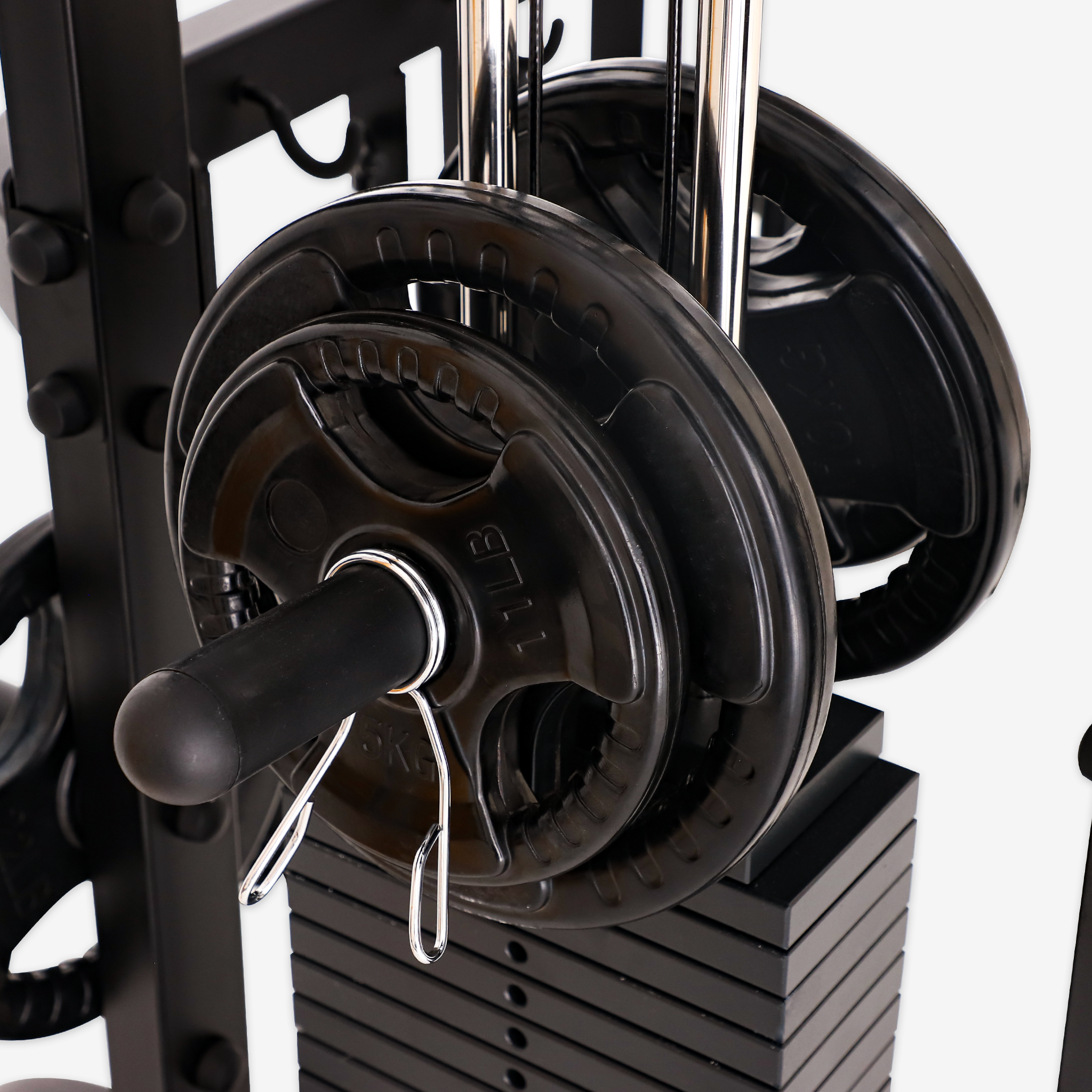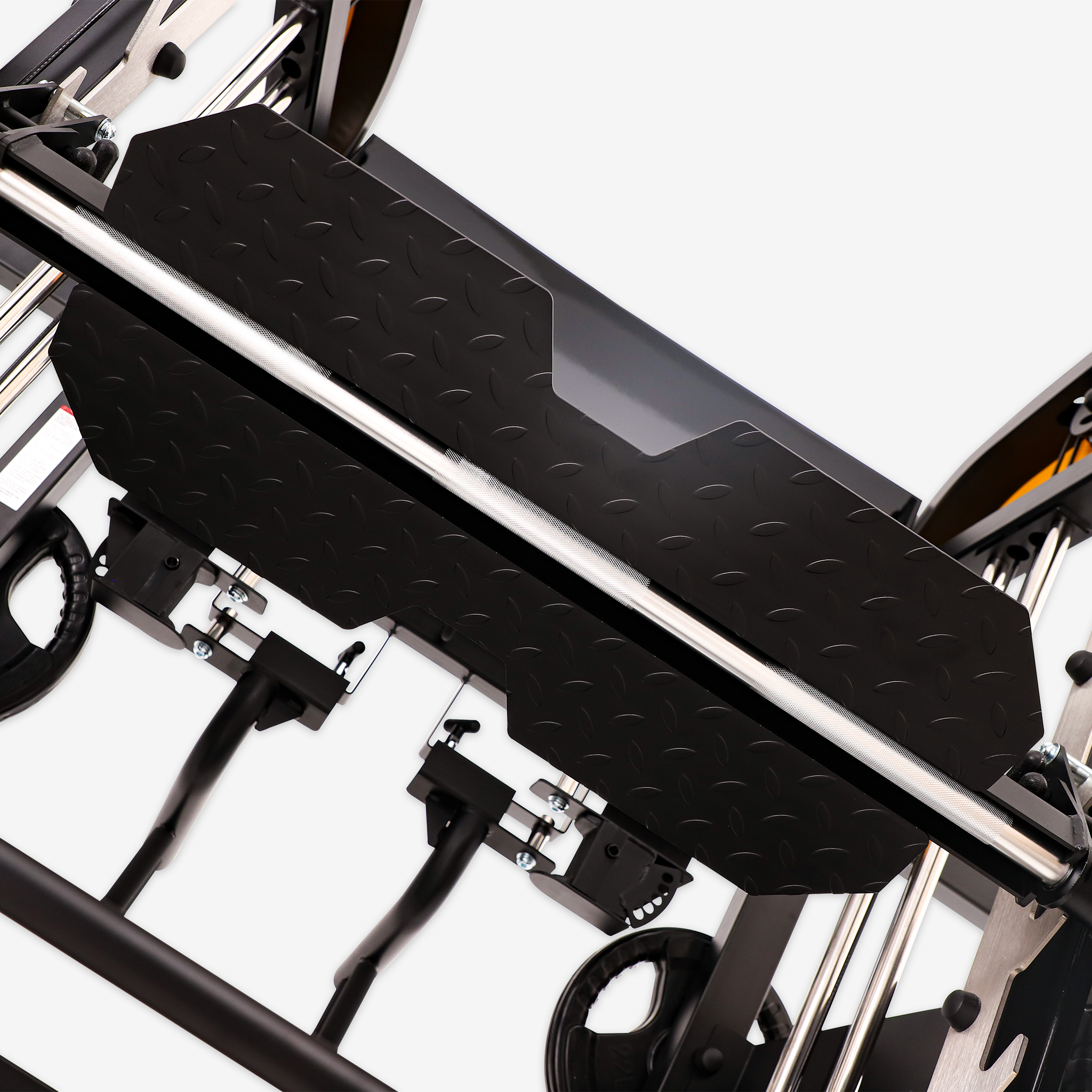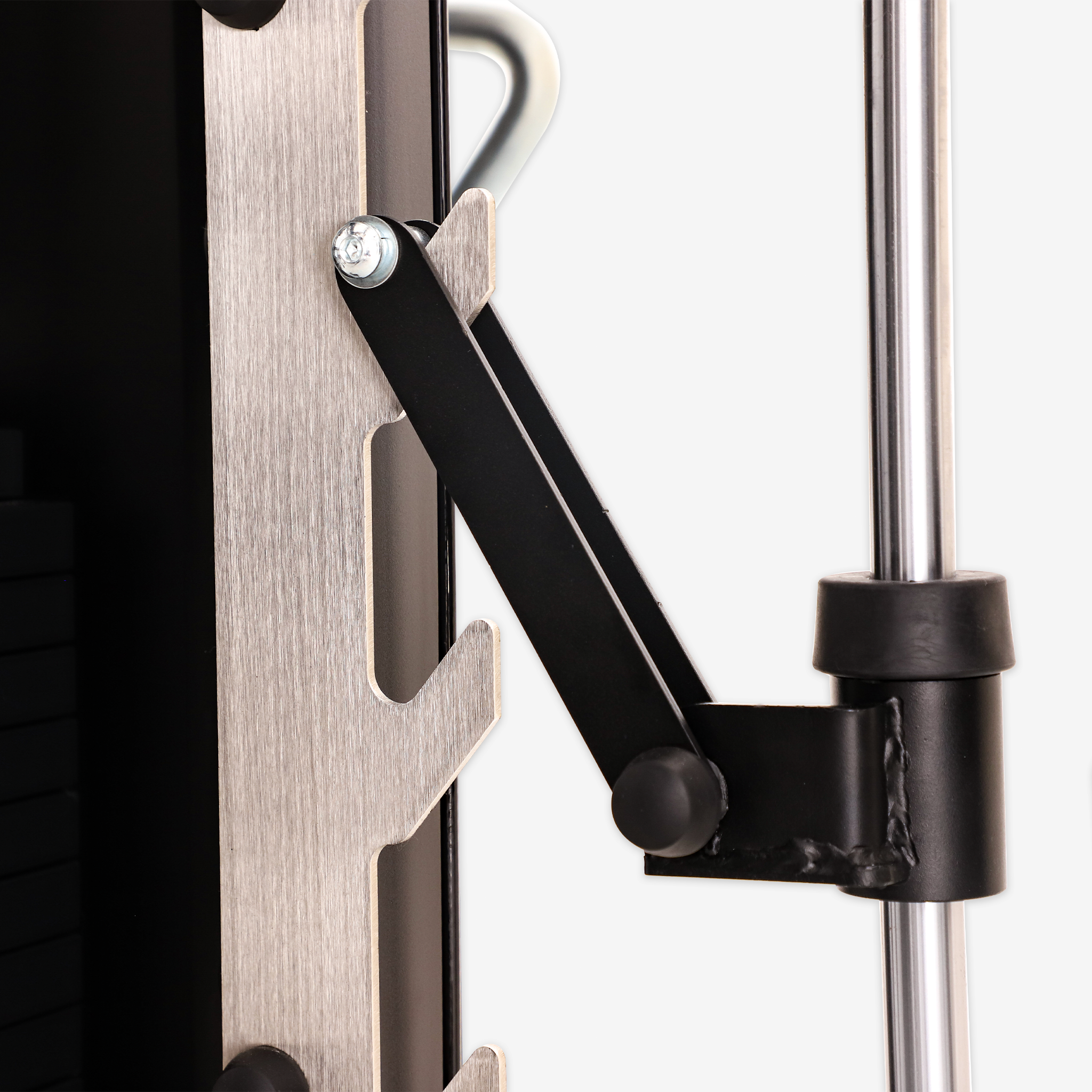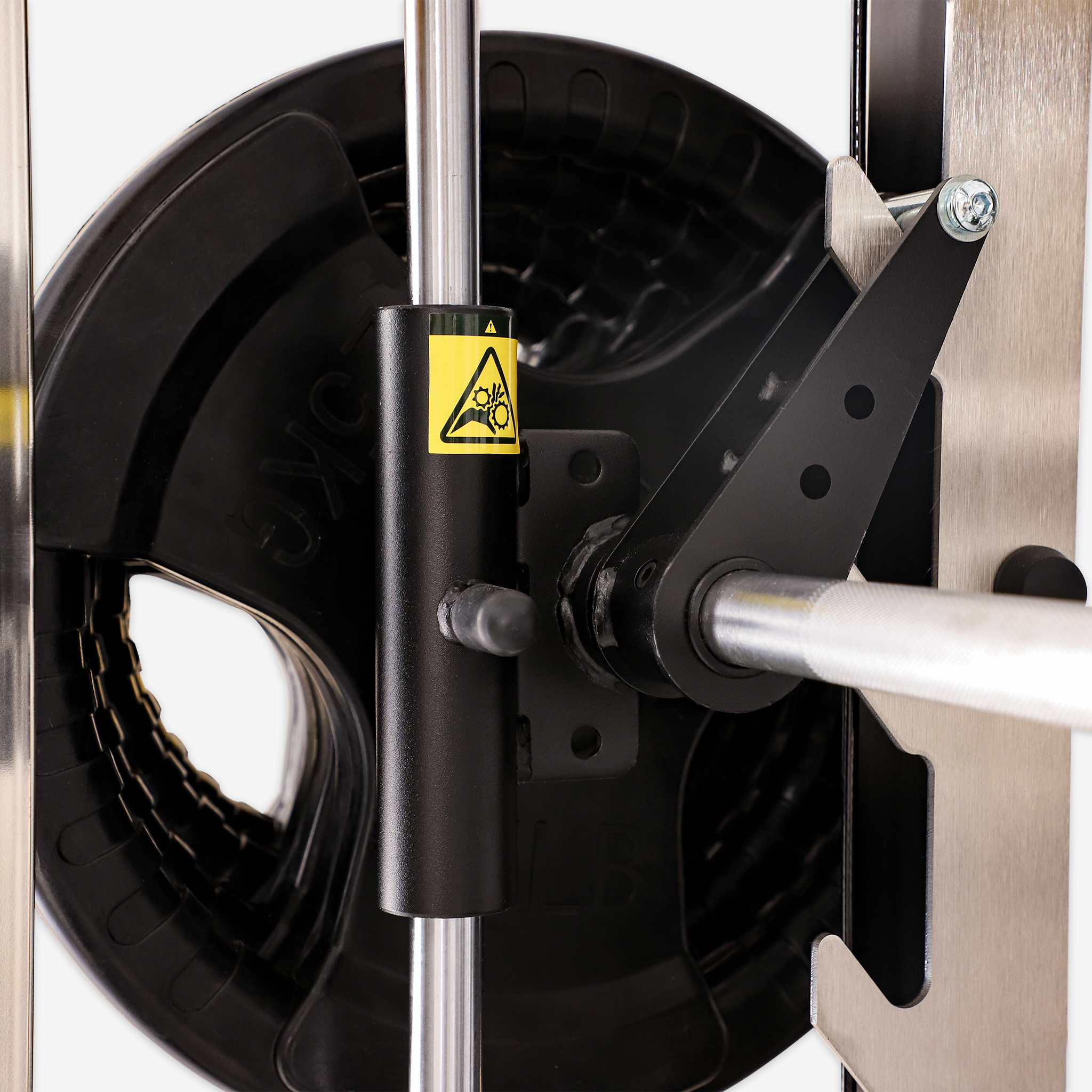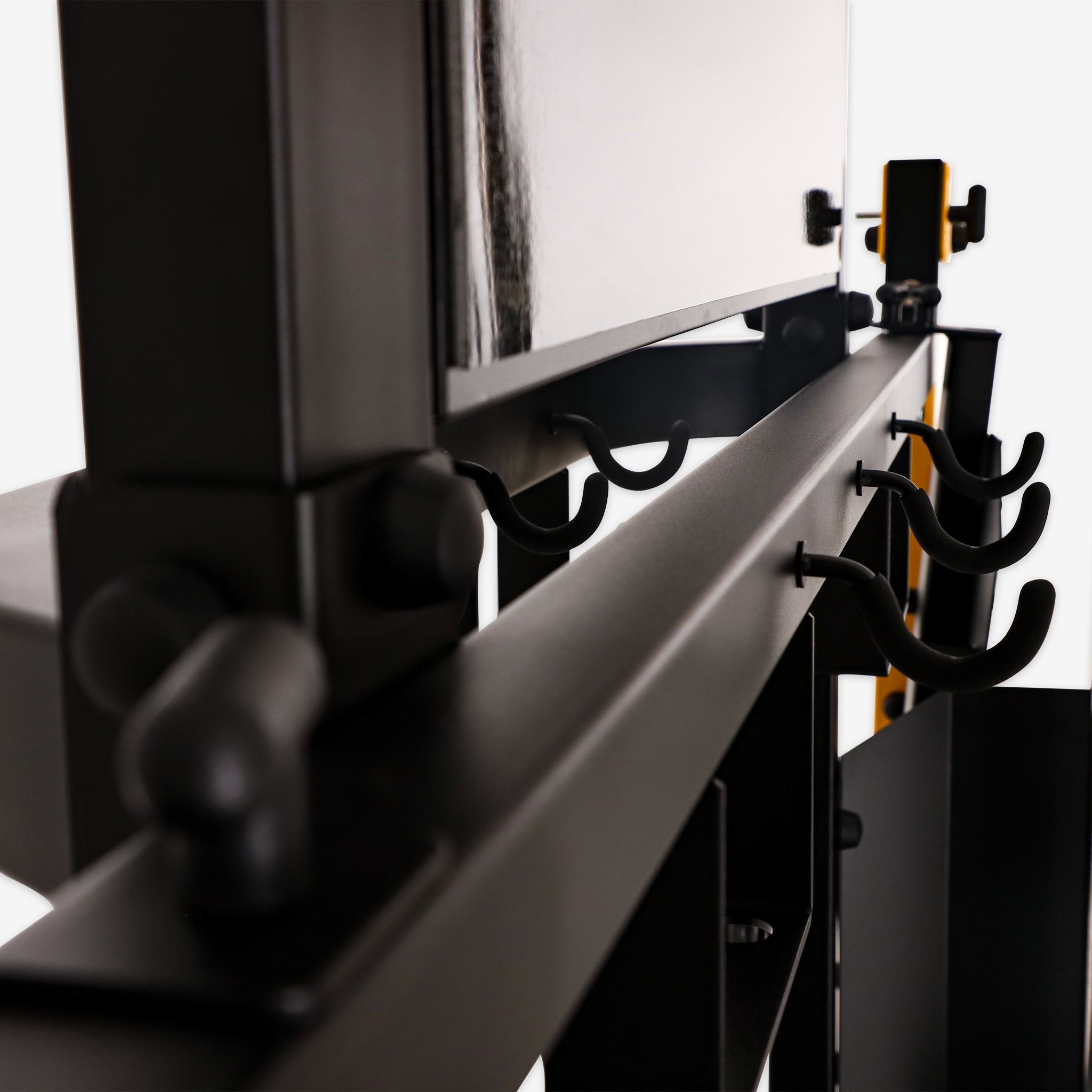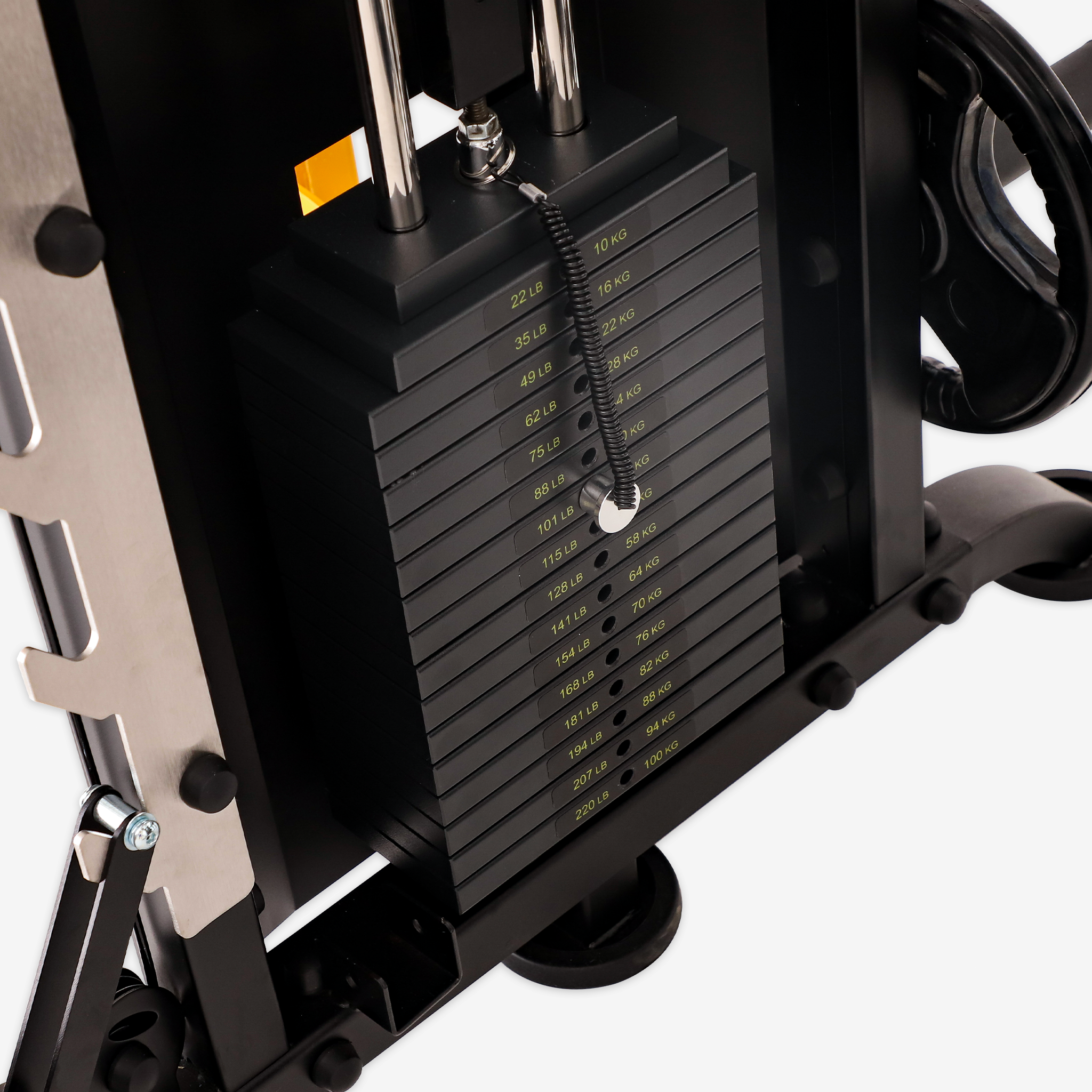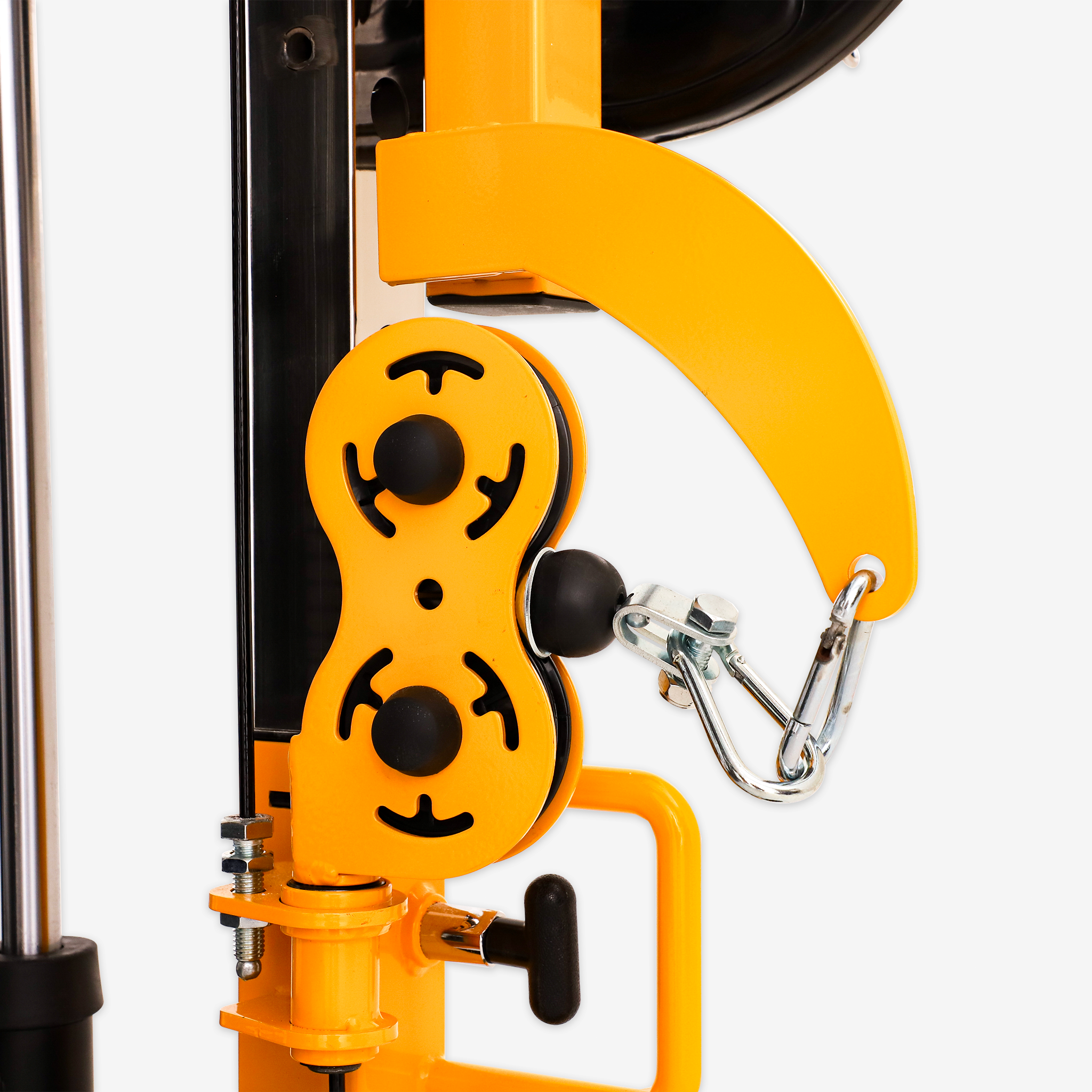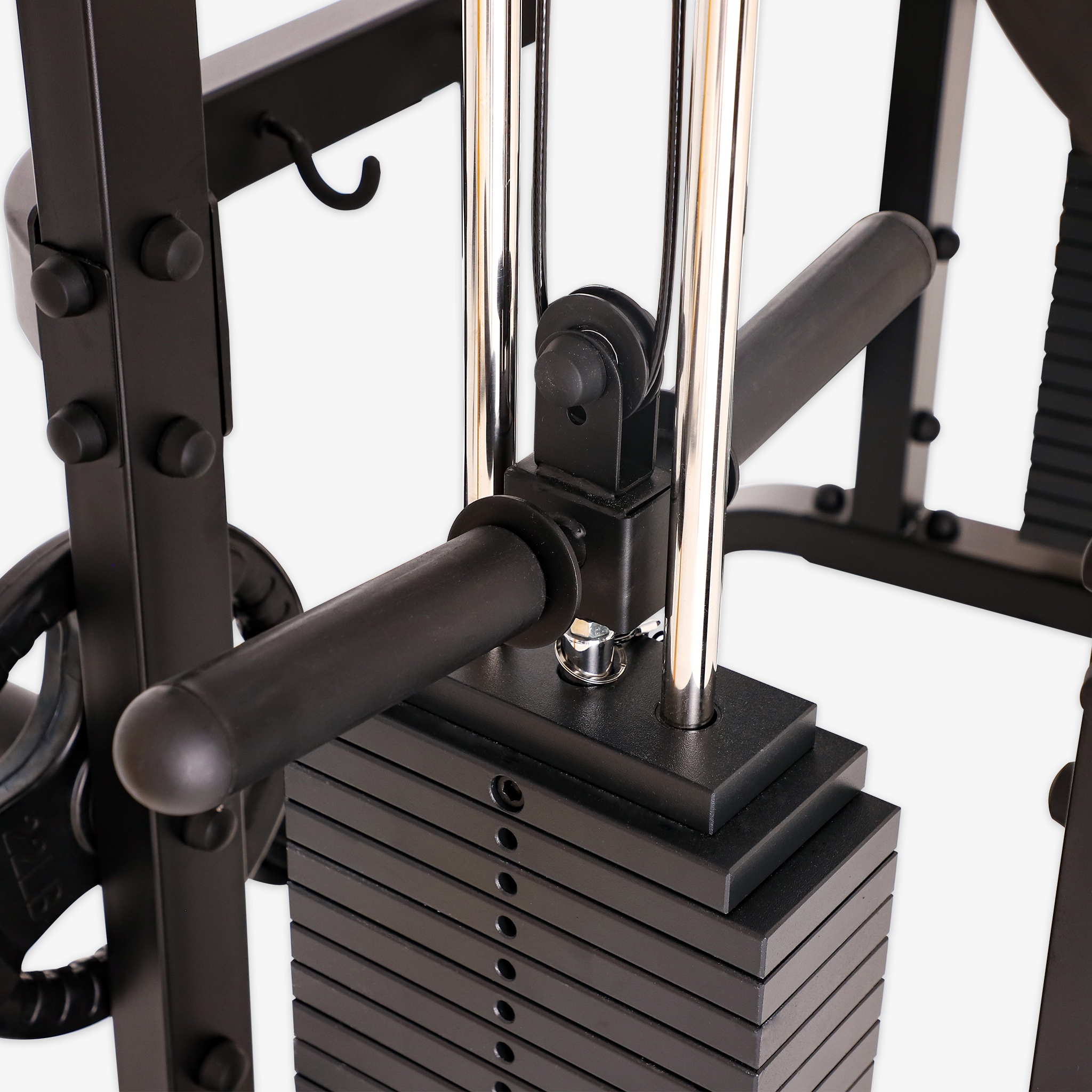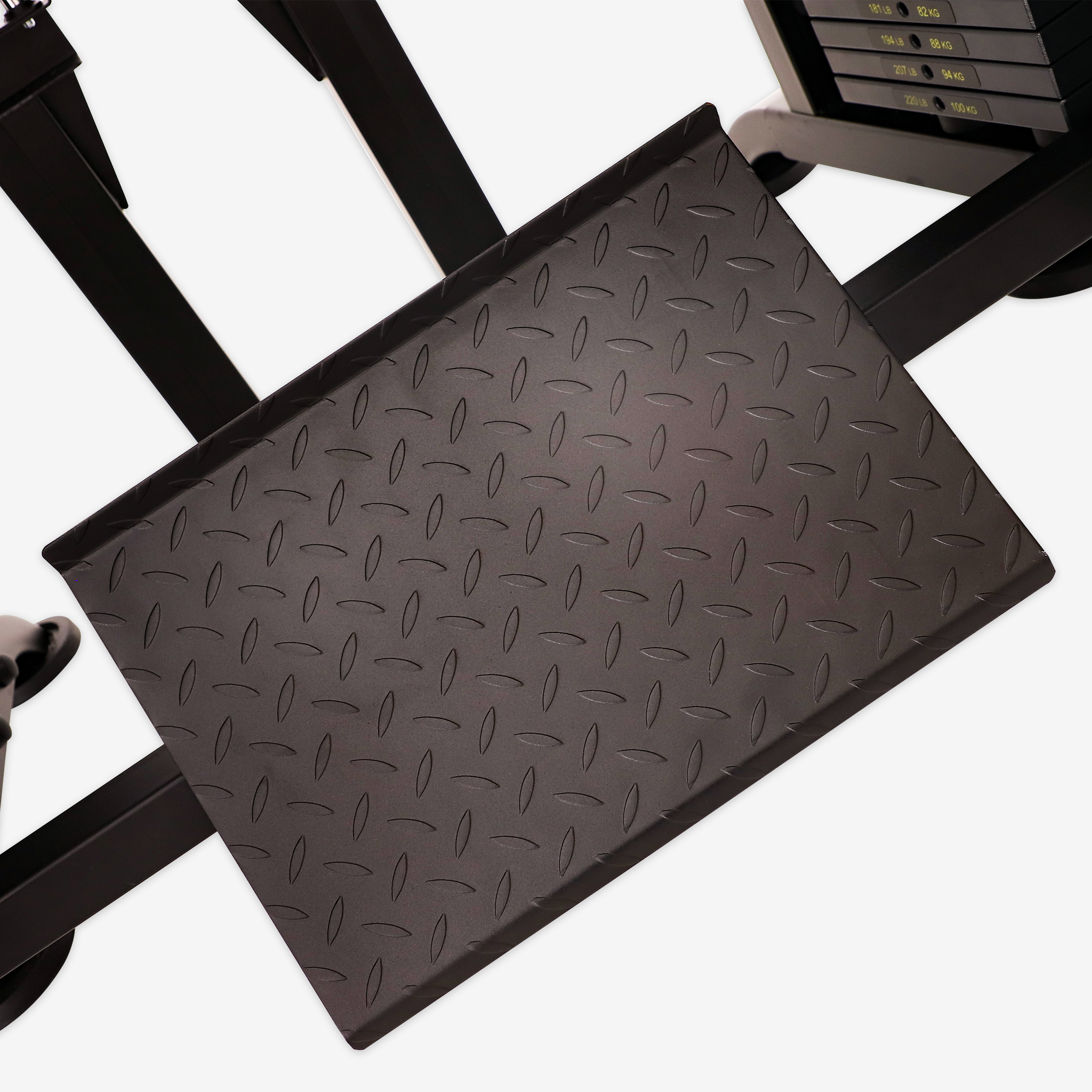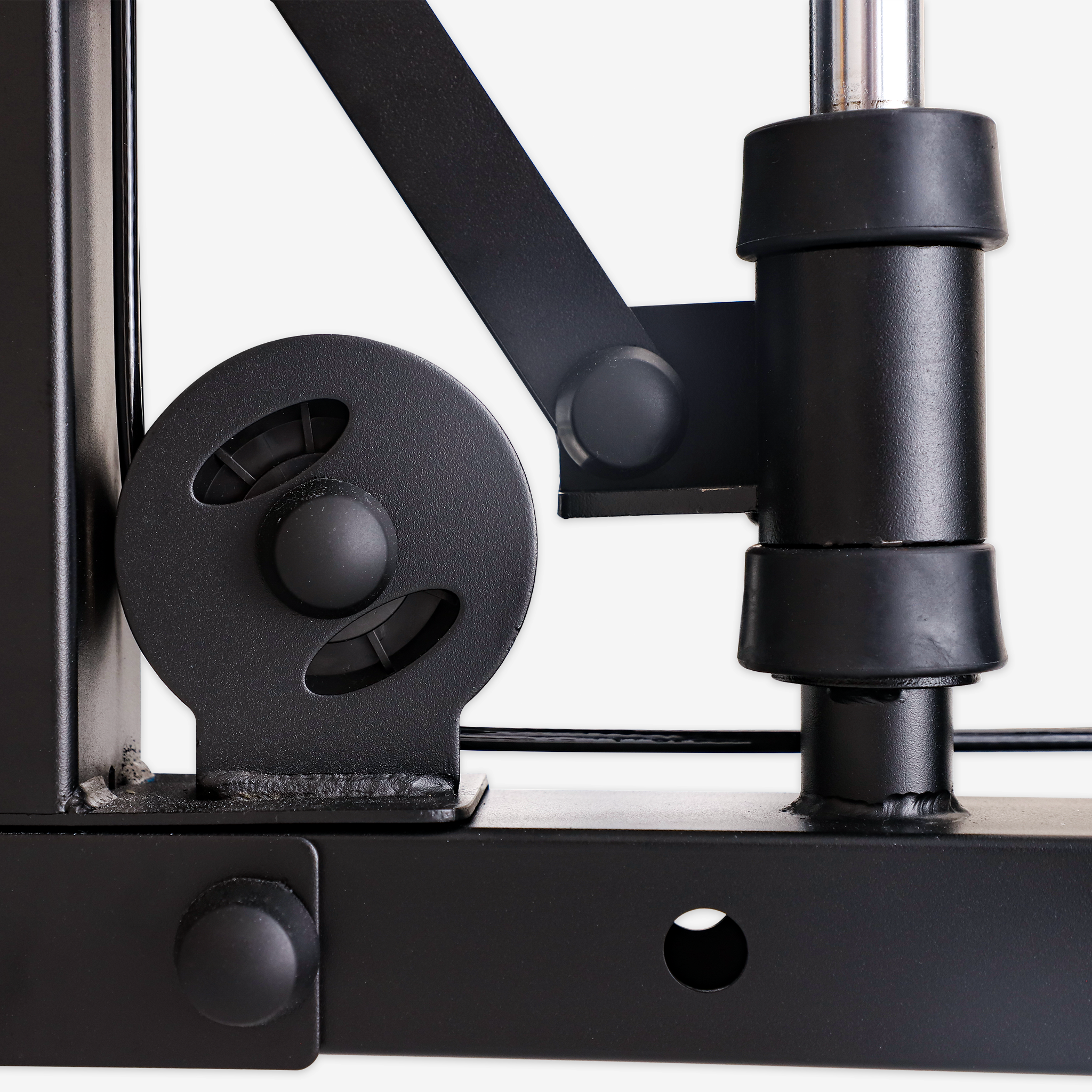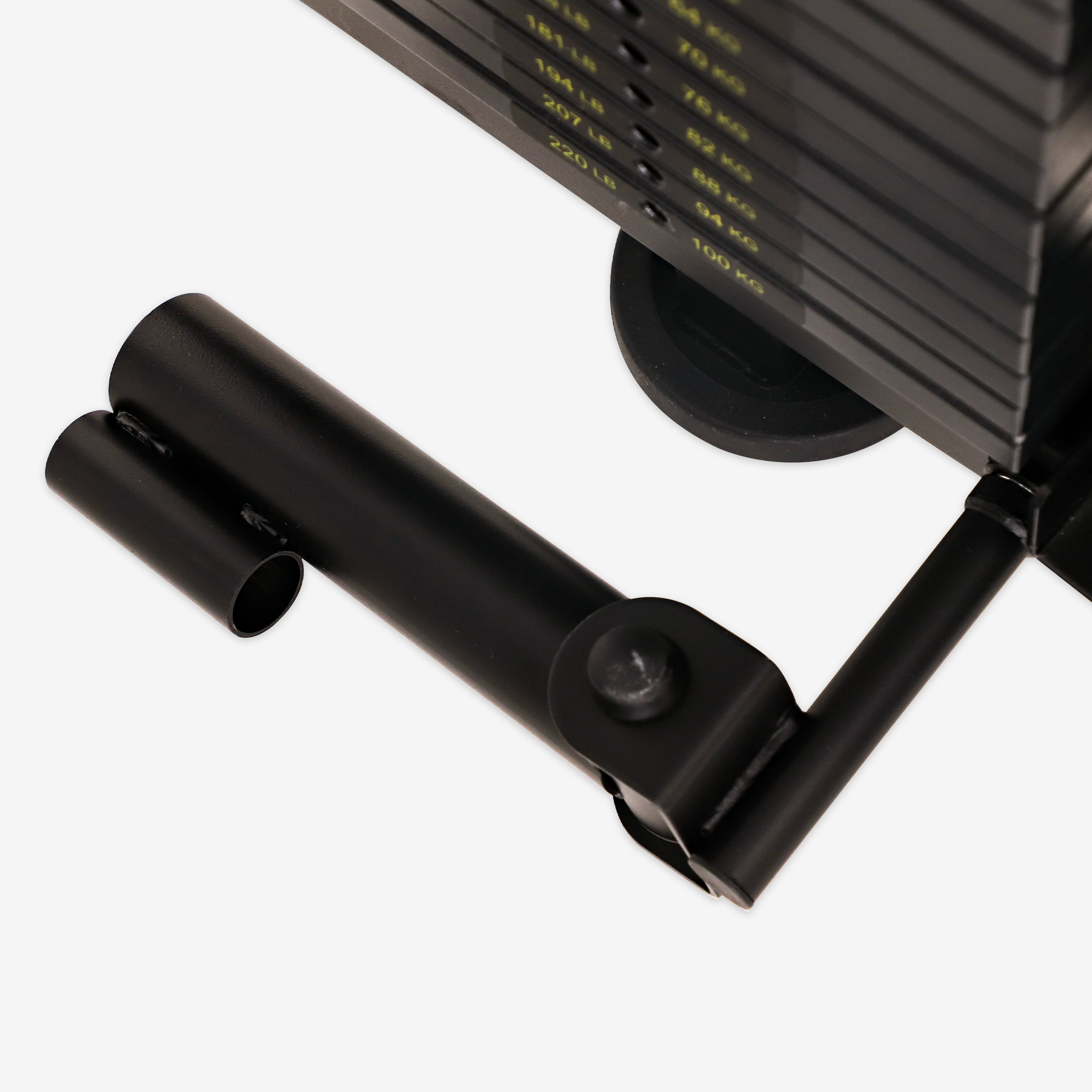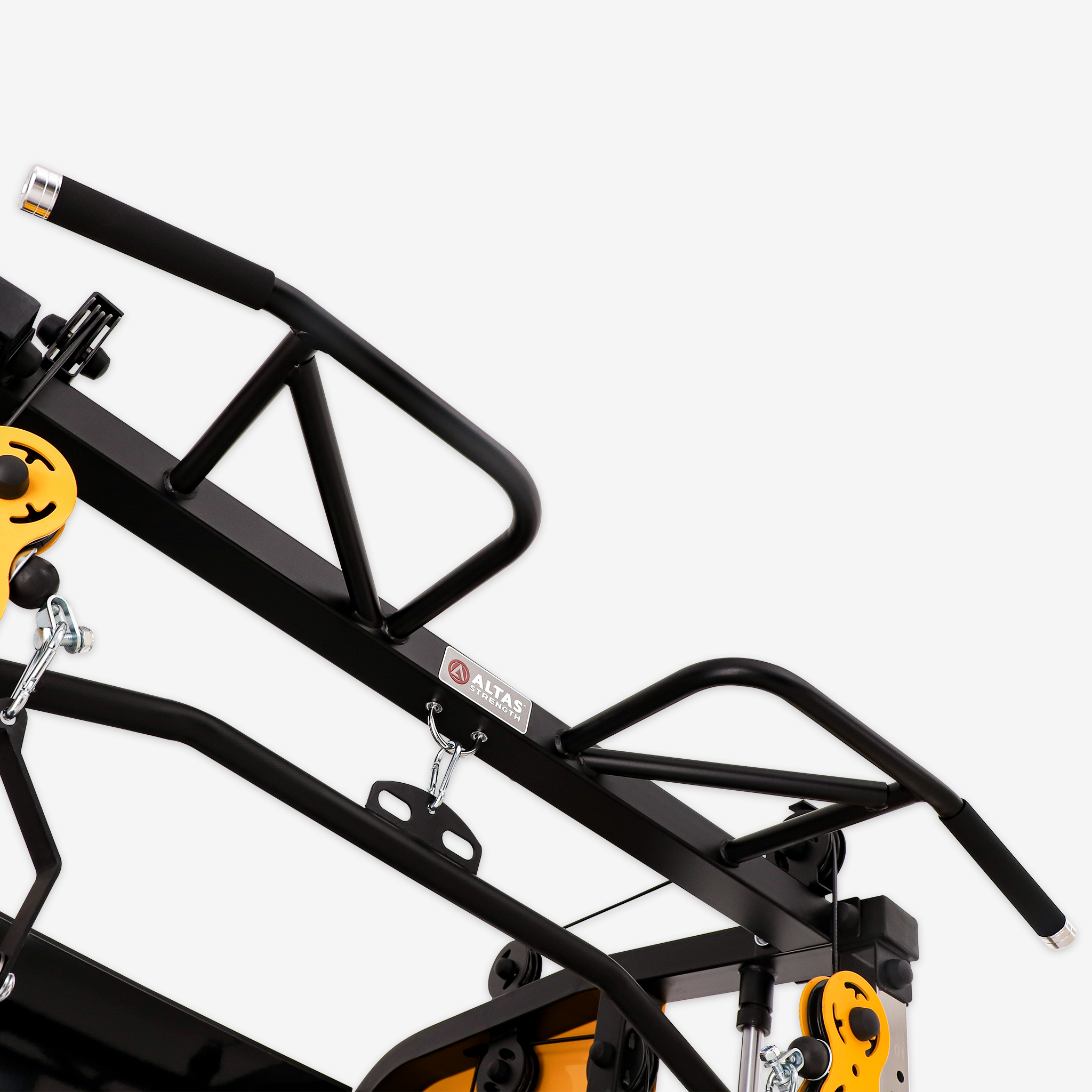Introduction
Your back is the pillar of your body — responsible for posture, balance, and power transmission. However, modern lifestyles filled with long hours of sitting and limited movement often lead to muscle stiffness, poor circulation, and chronic pain.
That’s where back hyperextension and stretching exercises come in. Regular, moderate stretching restores flexibility, improves spinal alignment, and reduces fatigue — acting as a natural “repair mechanism” for your back and overall health.
Let’s explore how consistent back stretching and hyperextension can help you build a stronger, pain-free, and more flexible body.
I. Core Benefits of Back Hyperextension and Stretching
1. Improves Flexibility and Mobility
Stretching the erector spinae, thoracic spine, and shoulder blade muscles enhances the spine’s ability to flex, extend, and rotate smoothly — helping you move with ease during both workouts and daily tasks.
2. Corrects Posture and Reduces Hunchback
Tight chest and upper-back muscles often cause slouching. Regular back hyperextension exercises restore the spine’s natural curve, opening up the chest and improving postural alignment for an upright, confident look.
3. Relieves and Prevents Back Pain
Stretching releases tension in stiff muscles and reduces pressure on the intervertebral discs, effectively preventing both acute and chronic lower back pain — one of the most common modern ailments.
4. Enhances Blood Circulation
During back stretches, blood flow increases around the spine, delivering more oxygen and nutrients to muscles and joints. This promotes healing and recovery while easing soreness and fatigue.
5. Strengthens the Core and Lumbar Stability
Back hyperextension not only stretches the spine but also activates the core, strengthening the muscles that support your lumbar region. A stronger core means less strain on your back and a reduced risk of injury.
6. Reduces Stress and Improves Mental Health
Slow, deep-breathing stretches calm the sympathetic nervous system, helping your body relax and lowering stress levels. Many people report feeling mentally refreshed and more focused after just a few minutes of stretching.
7. Enhances Athletic and Daily Performance
A flexible back supports better movement patterns — from bending and lifting to running and jumping. Regular back exercises improve balance, coordination, and physical efficiency, making you more resilient in both sports and daily life.
8. Boosts Metabolism and Aids Digestion
Certain back stretches (like seated forward bends) gently stimulate abdominal organs, improving digestion and supporting a healthier metabolism.
II. Effective Back Hyperextension & Stretching Exercises
1. Superman Pose
Targets the erector spinae and glutes. Lie face down, lift arms and legs simultaneously, hold for 2–3 seconds, then slowly lower. Repeat for 10 reps.
2. Cat-Cow Stretch
A full-back mobilization exercise. Begin on all fours, inhale as you arch the back (cat pose), then exhale while dropping your stomach and lifting your chest (cow pose). Repeat 10 times.
3. Seated Forward Bend
Stretches the thoracic spine, latissimus dorsi, and hamstrings. Sit upright with legs extended, fold forward slowly, and hold for 15–30 seconds.
4. Scapular Squeeze
Cross your arms and pull your shoulder blades together, holding for 5 seconds before relaxing. Repeat 10 times to strengthen the upper back and improve posture.
5. Back Stretching Device
Use a back stretcher or foam roller to enhance spinal decompression. Adjust to a comfortable angle and stretch for 10–15 minutes, 2–3 times daily.
III. How to Incorporate Back Stretching into Daily Life
-
During Work Breaks: Every hour, stand up and do a quick cat-cow or scapular squeeze for 30 seconds.
-
Morning & Bedtime Routine: Spend 5 minutes doing the superman pose or forward bends to “wake up” or relax your spine.
-
Before & After Workouts: Do dynamic stretches (like cat-cow) before training and static stretches (like forward bends) afterward to improve flexibility.
-
Use Stretching Tools: Compact tools such as back stretchers or foam rollers make it easy to stretch anywhere — at home, in the office, or even while traveling.
Over time, these small habits lead to stronger posture, better circulation, reduced pain, and a noticeable boost in mental well-being.
Conclusion
Back hyperextension and stretching are simple yet powerful self-care movements that can be performed anytime, anywhere. They don’t require special skills — just consistency and awareness.
By investing a few minutes daily, you can:
-
Strengthen your spine and core
-
Relieve stiffness and pain
-
Improve flexibility and posture
-
Enhance overall physical and mental health
Let back stretching become your invisible daily boost toward a stronger, healthier, and more comfortable life.

